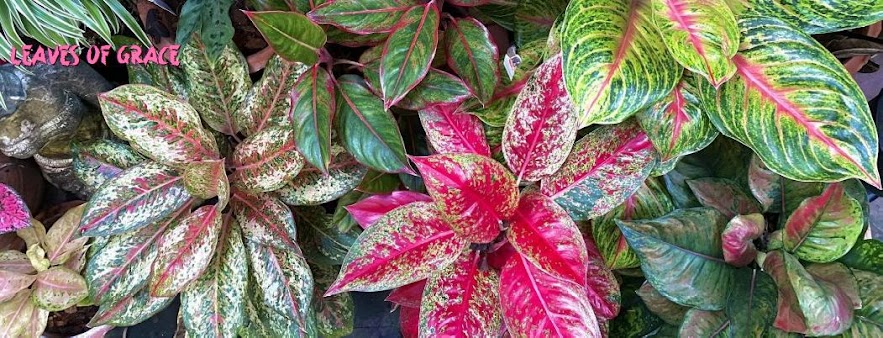In this confused era of text messaging, Twitter, Facebook, and electronic gadgets, people seem to have taken the period for granted or found it irrelevant. Sometimes, in a long-winding paragraph, it is nowhere to be found. Sometimes, after a phrase, it comes in succession—four or five of them, sometimes more.
The proper use of the period has been trashed for no logical reason. Instead of one dot, people resort to using a series of dots. Sadly, the users are clueless on what the series of dots is called or how to use it properly.
The series of dots, often referred to as “dot dot dot” does have a name. This punctuation mark is called ellipsis.
Grammar books are explicit in saying that an ellipsis is a series or row of three periods (not more, not less).
Here's what The Chicago Manual of Style says:
An ellipsis is the omission of a word, phrase, line, paragraph, or more from a quoted passage. They are three-spaced periods ( . . . ).
The word ellipsis is not plural. It refers to the three points, together, as a single unit, also often referred to as dots or periods. Here is an ellipsis:
( . . . )
The plural of ellipsis is ellipses. This would indicate more than one set of three dots:
( . . . ) ( . . . ) ( . . . )
The other names of this punctuation mark are: suspension point, points of ellipsis, or periods of ellipsis. But to keep things simple, I will stick with the word ellipsis.
The ellipsis has different uses: One represents faltering or interrupted speech:
“Well, I . . . uh . . . don’t know,” she said.
Another use is to indicate an unfinished thought. At the end of a sentence, an ellipsis represents trailing off into silence.
The ellipsis is also used by placing it at the beginning or endings of Bible verses to indicate preceding or following text that has been omitted—to ensure that readers are aware of the omissions and prevent them from using quotations out of context.
Orally, we pause a lot to allow time to collect our thoughts. But in writing, a page peppered with ellipses is hard on the eyes.
Since we finish our thoughts in writing, ellipses should be rare. For me, ellipses, like exclamation points, should be used only when it is truly needed. As a general rule, grammarians say, “Don't use it unless you must.
Ellipses are formatted in two ways, either three points without spacing (…) or three points with spacing ( . . . ). In some cases, four points are used, but this depends on a publication's style or preference.
In the U.S. and in this country (which follows American grammar), an ellipsis is generally formatted with spacing between each ellipsis point: ( . . . )
In the movie, “Mamma Mia,” the ellipsis was used as a comic device. When the young bride, played by Amanda Seyfried, read aloud her mom's diary, she dramatized the ellipsis by mischievously saying “dot dot dot” in lieu of the graphic and personal scenes that were left unsaid.
One of my friends shared with me her poem one day. She had so many dots after every line; they might have symbolized something that escaped me. So I asked, “What are the ellipses for?”
“Ellipses? What's that?” she asked back.
God's grace of self-restraint made me bite my tongue before it could spew . . .
How great it is that life will not end with a period or a dot dot dot. God will provide us with a new, heavenly punctuation mark, more exciting than an exclamation point!


2 comments:
As I was saying... (nothing follows, senior moment episode)
Oh, by the way, Yay . . . (I forgot what I was going to say!)
Post a Comment